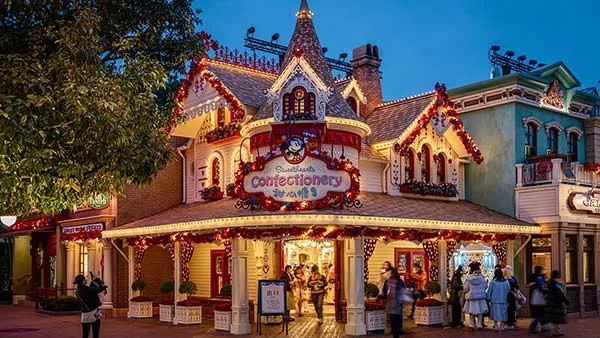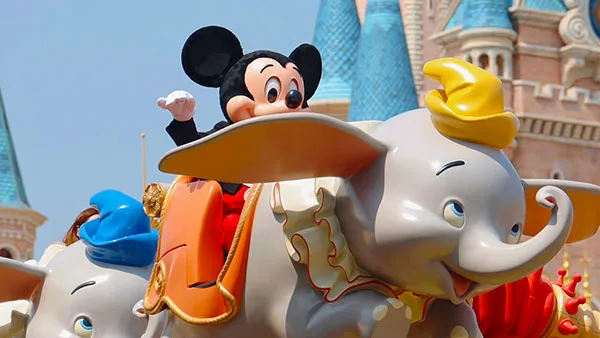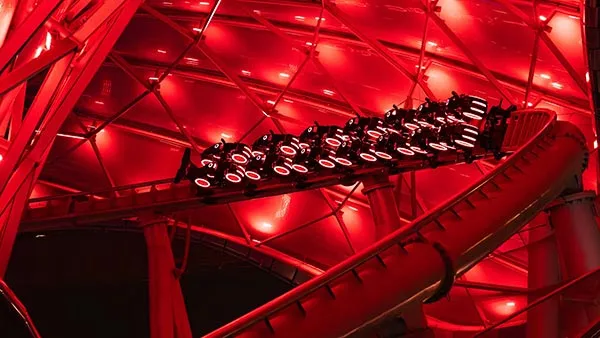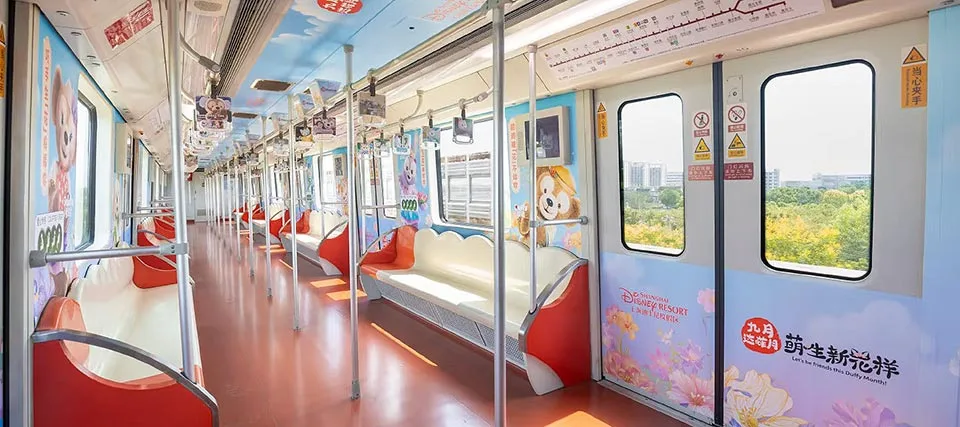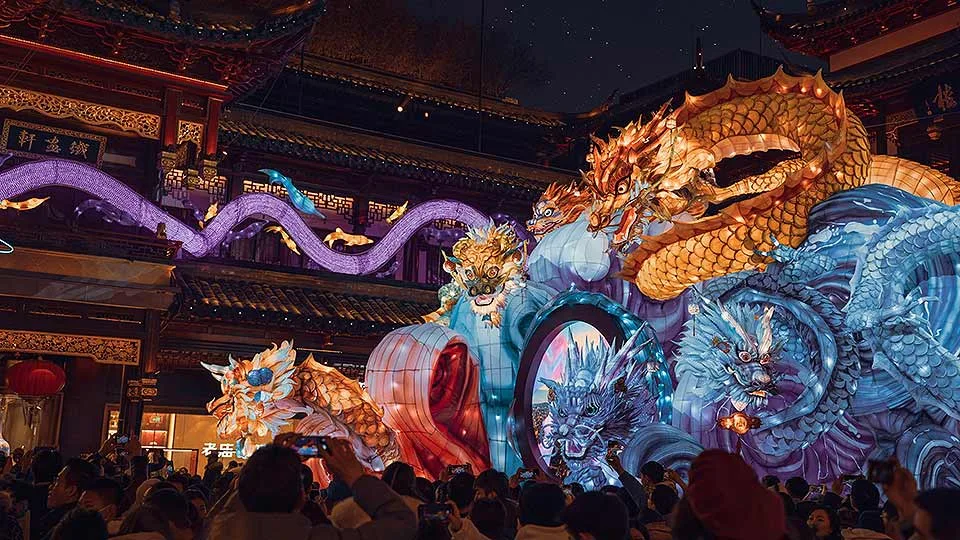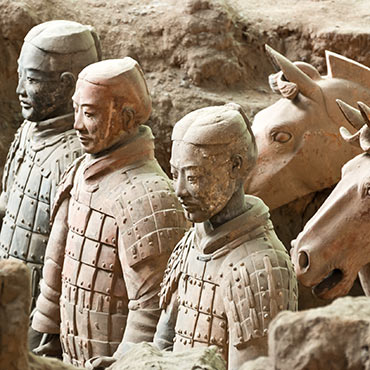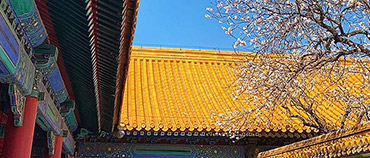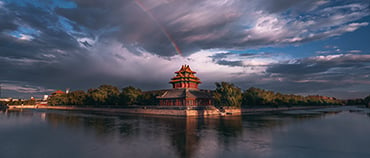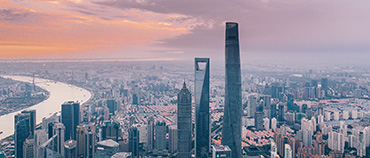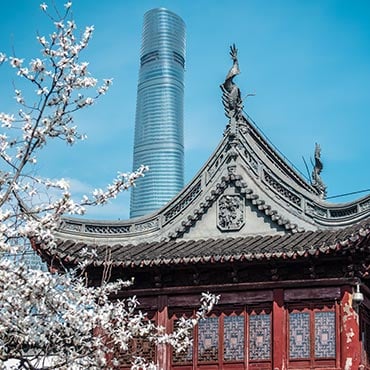
While a visitor to China is more likely to associate travel with ancient history, exquisite traditional art and crafts, centuries old temples, and history defining innovation, there is a hidden aspect of Chinese culture that is more on the fun side of life. In recent years, China has emerged as a global powerhouse in the theme park industry. Now home to theme parks owned by Universal Studios, Disney, and other entertainment icons, travelers can add a dash of modern day entertainment and advanced tech to their otherwise tradition inspired tour.
The comprehensive table below features China’s most celebrated theme parks, carefully curated based on attendance figures, visitor reviews, and industry recognition. Each destination offers unique attractions and experiences, from the technological marvels of Universal Studios Beijing to the marine wonders of Chimelong Ocean Kingdom, providing families and thrillseekers with unforgettable adventures that rival the world’s best entertainment destinations.
For best visitor experience, however, we recommend checking official websites for detailed information, noting some sites may not offer English versions, so translation tools are suggested for ease of reading.
Chimelong Ocean Kingdom – Marine Wonder Paradise

Chimelong Ocean Kingdom in Zhuhai is the world’s largest marine park. Blending marine conservation with thrilling entertainment through record breaking attractions and immersive experiences, this is truly an attraction the whole family can enjoy. Featuring the world’s largest aquarium dome, massive whale shark exhibits, and eight themed zones that showcase diverse marine ecosystems, the park offers close encounters with over 20,000 animals including belugas, polar bears, and penguins. With multiple Guinness World Records, interactive shows, educational tours, and conservation programs, it inspires visitors of all ages. And if it’s more of a thrill you’re after, Chimelong also delivers high adrenaline rides like the Parrot Coaster and spectacular marine performances.
Beijing & Shenzhen Happy Valley – Urban Adventure Playground
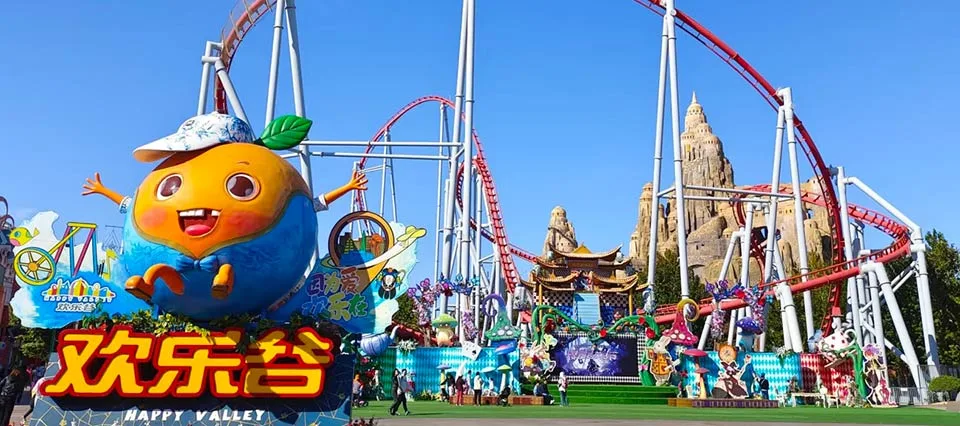
Beijing and Shenzhen Happy Valley theme parks offer world class entertainment by combining international thrill rides with Chinese cultural elements and immersive storytelling. Beijing Happy Valley features seven themed zones across 560,000 square meters, boasting over 40 attractions, including Asia’s only flying coaster, Crystal Wings, the high speed Extreme Speed launch coaster, and dramatic Twin Tower Heroes free-fall ride – definitely not one for the faint hearted. For those not prepared to scare themselves witless, there are also spectacular shows on offer featuring family friendly characters like Mr. Cookie. Meanwhile, Shenzhen Happy Valley, China’s first and most innovative park since 1998, is enormous at 350,000 square meters. It blends tropical charm with high tech attractions. Consistently ranked as one of the country’s top amusement destinations with over 30 million visitors to date, it’s hard to beat this for modern, commercial entertainment.
Guangzhou Chimelong Paradise
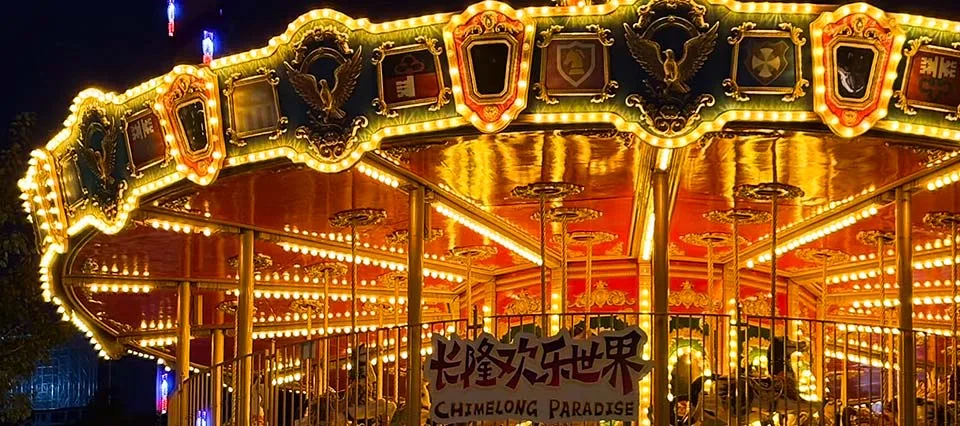
Guangzhou Chimelong Paradise, China’s most technologically advanced theme park, is a thrill seeker’s dream, boasting eight attractions that have earned world records. In short Guangzhou Chimelong Paradise has redefined amusement park engineering since its 2006 debut. Highlights include the Vertical Drop Coaster, known as the Global King of Rollercoasters; the Ten Inversion rollercoaster (world record holder); the Eastern Hemisphere’s first Motorbike coaster; the world’s largest U-shaped skateboard ride; and the powerful Super Pendulum. The park features diverse themed zones like Jungle Adventure, Scream Zone, Whirlwind Island, Happy Water World, and Rainbow Bay, offering everything from family friendly fun to heart stopping thrills. With immersive 4D cinemas, live performances, and European-inspired architecture enhanced by premium ride technology from around the world, Chimelong Paradise blends excitement with natural beauty for a truly memorable experience.
Universal Studios Beijing

Designed for domestic and international audiences, Universal Studios Beijing is distinctively fantastic and fun, and caters to movie lovers from all over the world. Universal Studios Beijing isn’t just a theme park. It’s an immersive cinematic and cultural experience where beloved characters from Harry Potter, Transformers, Kung Fu Panda, and Jurassic World come alive through the most advanced technology and authentic storytelling experiences. What’s unique about this theme park? It blends Universal’s iconic movie franchises with Chinese cultural elements. Love Kung Fu panda and keen to learn some Hogwart’s magic? Then a beeline to Universal Studios Beijing, where you’ll discover uniquely designed attractions that celebrate both Eastern and Western entertainment. As with all China’s theme parks, big is, well, it’s just better. And so is technology in all its myriad forms. Using the latest and greatest advanced lighting, animation and rides, Universal Studios Beijing delivers. Want to learn more? Discover it here.
Shanghai Disneyland

A Disney resort in every way, this Shanghai theme park is an entertainment destination that brings beloved Disney characters to life using the latest tech and creative genius. You’ll recognise the Disney formula immediately, but perhaps with a few twists: the integration of Chinese cultural elements and the very latest entertainment, lighting, and ride technology. With visiting made easy thanks to flexible passes catering to families and the Disney Resort located right next door, a stopover here to indulge in the magic world of animation, famous characters, and entertainment is well worth it.
Want to learn more? Explore Shanghai Disneyland in detail before booking your tickets
The ultimate China theme park list
With so many theme parks to choose from it can be hard to know where to start, so the ChinaTours.com team have simplified things with this summary list. No need to go searching into the internet ether because we’ve done the hard yards for you. Between addresses and links to the official website, our ultimate China theme park list is all you need to plan your holiday fun in China.
| Theme Park | City | Address | Official Website |
|---|---|---|---|
| Shanghai Disneyland | Shanghai | 310 Huangzhao Road, Chuansha New Town, Pudong New Area | www.shanghaidisneyresort.com |
| Universal Studios Beijing | Beijing | Universal CityWalk, Tongzhou District | https://www.universalbeijingresort.com/en |
| Chimelong Ocean Kingdom | Zhuhai | Fuxiang Bay, Hengqin Guangdong-Macao Deep Cooperation Zone | www.chimelong.com/zh/oceankingdom |
| Beijing Happy Valley | Beijing | East Fourth Ring Road, Xiaowuji North Road, Chaoyang District | https://bj.happyvalley.cn/Aindex.shtml |
| Shenzhen Happy Valley | Shenzhen | 18 Qiaocheng West Street, Nanshan District | https://sz.happyvalley.cn/frmindex.aspx |
| Chimelong Paradise Guangzhou | Guangzhou | 299 Hanxi Avenue East, Panyu District, Guangdong Province | https://www.chimelong.com/gz/chimelongparadise/index.html |


